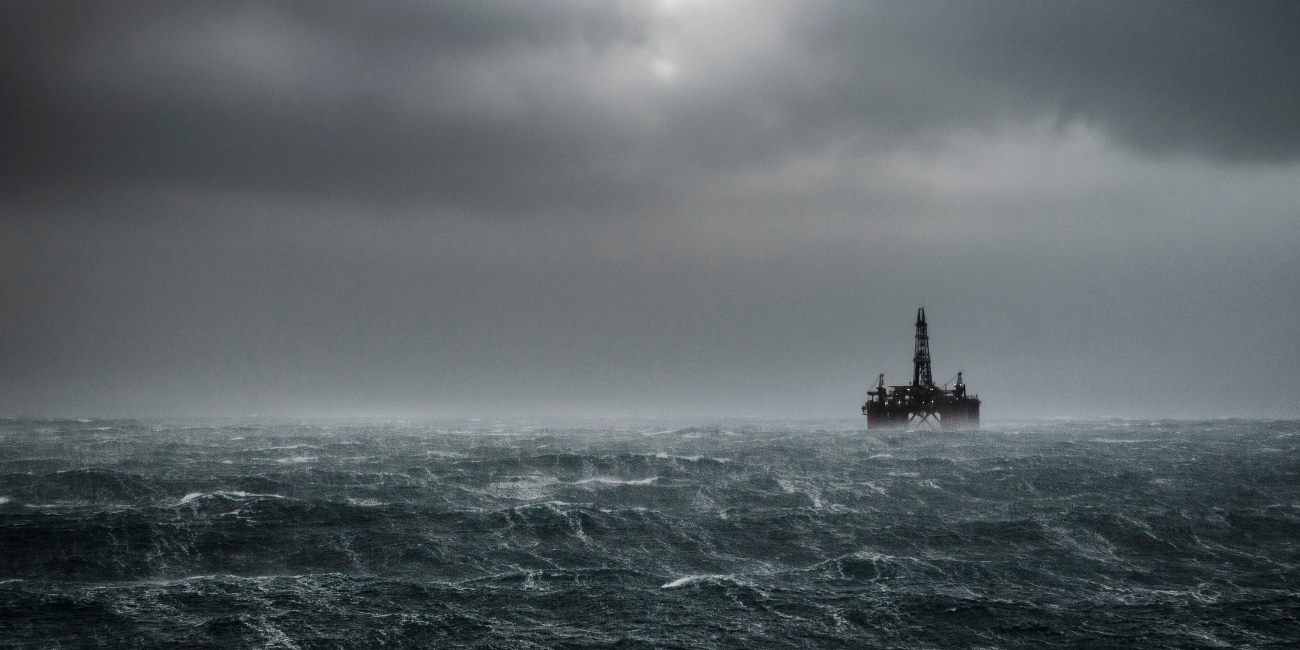
Using a Landing String System to run a Subsea Test Tree (SSTT) is a complex operation. Different stages will throw up different challenges, all of which need to be properly planned for to deliver a safe and efficient well completion campaign.
What is a Landing String System?
A Landing String System is an assembly of large bore valves and a latch, which are hydraulically controlled. Steel pipe with threaded connections is used to connect the surface and subsea equipment. This assembly provides access to wells for testing and completion operations.
The Challenges
Maintaining restrictive flex joint angular limits
The large diameter SSTT requires relatively restrictive flex joint angles to be maintained in order to prevent lock-up. These angle limits should therefore be maintained whilst running the system and preparing to unlatch.
Heave Limits
Stroke out of the heave compensator has the potential to impart significant tensile loads into the system, causing potential equipment failure. It is also important to ensure that the surface test tree does not impact the drill floor during large vessel heave. By specifying clear and unambiguous heave limits, these scenarios can be de-risked.
Determination of Adequate Fatigue Life
It is important to ensure that the fatigue critical components within the system do not exceed the allowable limits. Landing strings often have multiple contact points (at the drill floor and within the BOP stack), which can impose high loads onto the system. Some threaded connections such as the latch and retainer valve are prone to high stress concentration factors, resulting in the requirement for detailed analysis to determine usable fatigue lives.
Accidental Events
Accidental events should be carefully analysed and planned for. Accidents such as a loss of vessel station keeping (either a single mooring line failure or DP Drift off), heave compensator lockup and a loss of top tension all need to be considered to ensure safe operations. As the landing string contains high pressure well bore fluids, it is critical that the system does not suffer any leakage or failure since the large diameter marine riser which surrounds the landing string is not rated for high pressure.
To overcome these challenges, detailed analysis must be completed. A full global riser analysis of the marine riser and landing string will help determine operating limits and the fatigue life of the system.
For further information, visit our Landing String Analysis page or contact AS Mosley directly.





